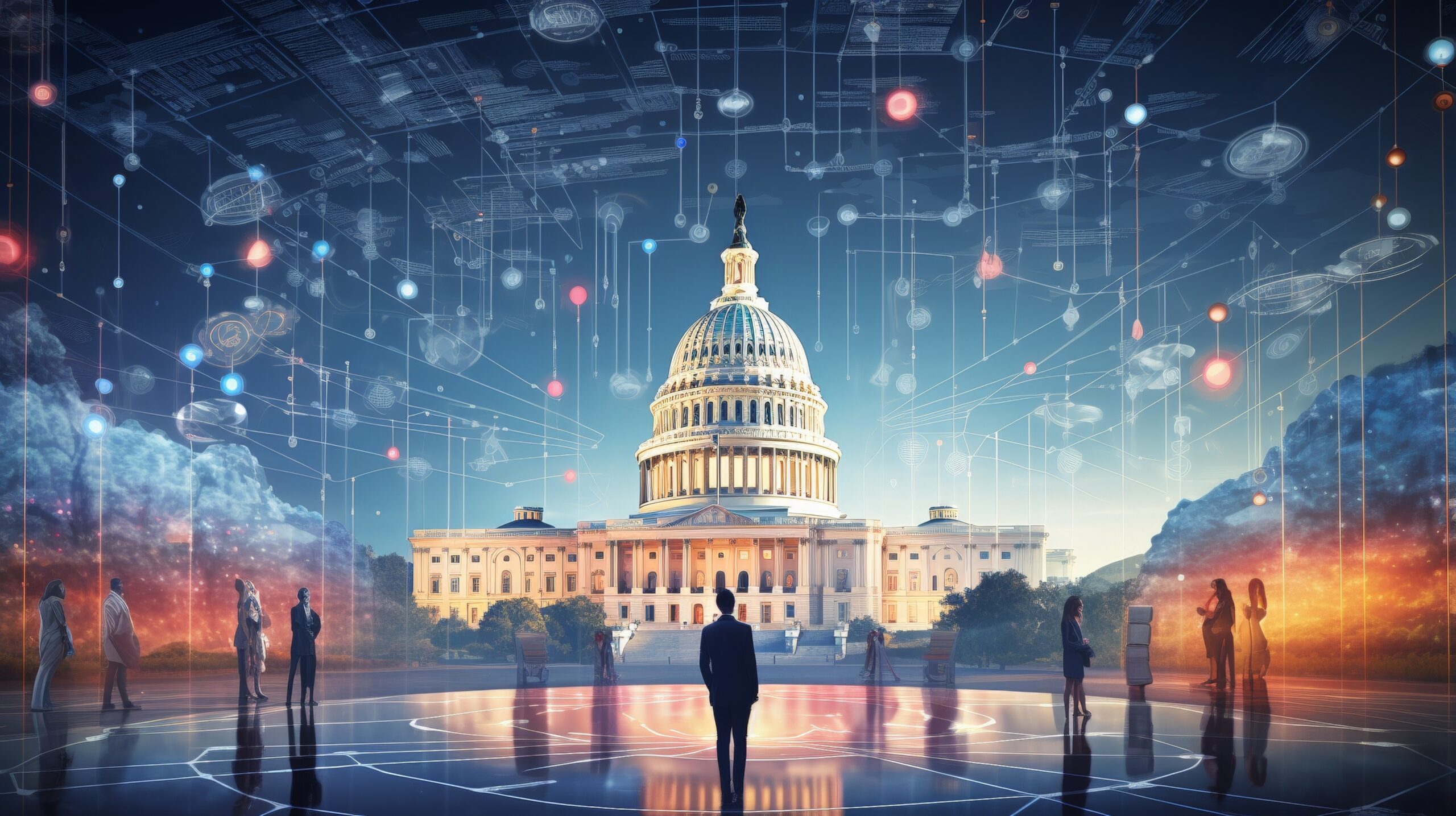Machine learning is revolutionizing traditional practices across various sectors of public administration. While the focus of most governments remains steadfast on service delivery and public engagement, machine learning creates an opportunity to enhance the “behind the scenes” of governance through greater automation of internal management systems to bolster efficiency and effectiveness.
Unlike traditional data analysis methods, machine learning transcends an analyst’s capacity to investigate connections between variables to identify problems and create solutions. This capacity is particularly useful in public administration settings, where analysts grapple with both individual and organizational factors that may influence policy outcomes without their knowledge. Integrating machine learning into public administration is not without challenges. While the technology holds extensive promise, its application in the public sector is relatively recent. Deployment and interpretation have presented considerable challenges. Moving forward, the goal is to shift machine learning applications from causal interventions to solutions rooted in accurate prediction, leveraging administrative data to inform decision-making.
Enhancing Efficiency and Effectiveness in Public Administration
At the forefront of government initiatives lies the imperative to deliver services promptly and engage with citizens effectively. Machine learning algorithms, equipped with vast datasets and advanced analytical techniques, empower governments to tailor services to individual needs and preferences. Machine learning enables administrators to optimize transportation routes for maximum efficiency, personalize digital services for diverse demographics, and enhance a wide range of citizen experiences through improved resource allocation.
Streamlined efficiency of internal management processes is a necessity within the bureaucratic machinery of government agencies. Machine learning algorithms, fueled by high-quality data of course, offer transformative solutions for optimizing workflows, resource allocation, and decision-making. From automating routine tasks to identifying inefficiencies in resource allocation, machine learning drives operational excellence, enabling administrators to focus their efforts on strategic priorities and value-added activities.
Applications of Machine Learning in Public Administration
There are three main functions of machine learning that can benefit the processes of public administration when utilizing high-quality data. These include:
- Detection and prediction
- Simulation and evaluation
- Personalization and automation
Detection and Prediction
By analyzing vast volumes of data from diverse sources, machine learning algorithms can identify patterns, trends, and anomalies indicative of various phenomena. Predictive capabilities utilizing high-quality data enable governments to anticipate and respond to emerging challenges with greater agility and precision.
Examples of detection and prediction applications include:
- Monitoring and predicting COVID-19 outbreaks to inform public health interventions and resource allocation
- Identifying and combating fake news and hate speech on social media platforms to safeguard public discourse and democratic processes
- Detecting instances of tax fraud, financial irregularities, and corruption to preserve the integrity of government revenue streams and fiscal policies
- Forecasting military aggression, terrorist activity, cyber-attacks, natural disasters, street crime, and traffic congestion to enhance national security and public safety
While detection and prediction serve as crucial early warning systems, effective government intervention requires a nuanced understanding of the underlying factors and dynamics at play.
Simulation and Evaluation
Another vital application area of machine learning in public administration is simulating and evaluating the potential impacts of policy measures. By leveraging computational models and predictive analytics, machine learning enables policy makers to simulate various scenarios and assess their potential outcomes before implementation. This proactive approach empowers governments to make more informed decisions, mitigate risk, and optimize resource allocation.
Examples of simulation and evaluation applications include:
- Simulating the economic impact of policy measures such as tax reforms, infrastructure investments, and trade agreements to inform fiscal and monetary policies
- Evaluating the effectiveness of public health interventions, such as vaccination campaigns and disease containment strategies, through predictive modeling and scenario analysis
- Assessing the environmental impact of urban development projects, transportation initiatives, and energy policies to promote sustainability and resilience
- Modeling and simulating the consequences of natural disasters, terrorist attacks, and public health emergencies to enhance emergency preparedness and response efforts
By simulating and evaluating policy measures in virtual environments, governments can identify potential challenges, optimize strategies, and maximize the intended effects on society and the economy.
Personalization and Automation
Machine learning also facilitates the personalization and automation of government processes and services, enhancing efficiency, and citizen satisfaction. By analyzing individual preference, behaviors, and needs, machine learning algorithms enable governments to tailor services and interventions to specific user segments, fostering greater inclusivity and responsiveness.
Examples of personalization and automation applications include:
- Customizing digital government services for citizens based on their demographic characteristics, life stages, and preferences to enhance accessibility and usability
- Tailoring healthcare services and interventions to individual patient needs, preferences, and risk profiles to improve health outcomes and patient satisfaction
- Automating routine administrative tasks, such as data entry, document processing, and customer support, to free up human resources for more strategic and value-added activities
- Implementing chatbots, virtual assistants, and recommendation systems to provide personalized assistance and information to citizens across various government touchpoints.
By utilizing the power of data-driven insights and predictive analytics, governments can enhance their decision-making processes, optimize resource allocation, and improve service delivery to citizens. As machine learning continues to evolve and mature, its potential to transform public administration and drive positive societal outcomes remains boundless.
